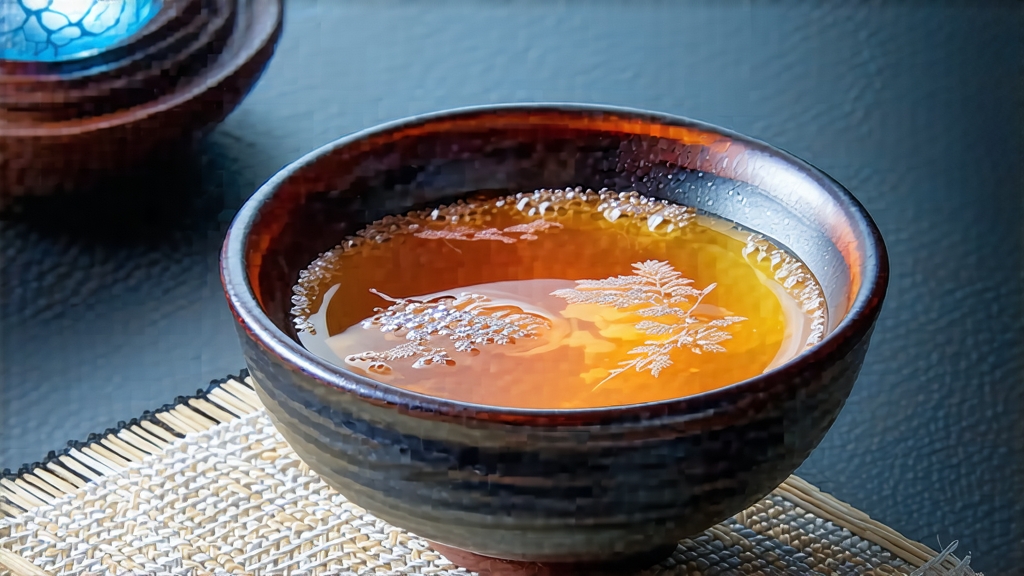
Tucked high on the forested ridges of southern Yunnan, where the Mekong bends like a silk ribbon and mists rise each evening to meet the moon, a tea is made that tastes of that very moonlight. International markets still speak generically of “white tea,” yet within China’s youngest and most expansive white-tea producing province one cultivar has quietly re-defined the category: Yue Guang Bai, literally “Moonlight White.” Unlike the coastal Fu-Da-Bai of Fujian, this Yunnanese leaf carries the genes of 1,800-year-old Da Ye (broad-leaf) assamica trees, the same material that yields pu-erh. Processed with a technique that borrows from pu-erh’s sun-withering but stops short of any piling or compression, Moonlight White occupies a fragrant limbo between white tea’s delicacy and Yunnan’s wild mountain power. The following 2,000-word portrait is written for the global tea traveler who has already met Silver Needle and White Peony and now seeks the next horizon.
-
A myth that refuses to die
Local tea farmers love to tell how the tea was first created during the Ming dynasty by a palace maid who fled to Yunnan with a cache of silver. She paid monks to guard ancient tea trees and, forbidden to work by day, plucked leaves at night, withering them under moonlight so soldiers would not see the smoke of firing pans. Historians smile at the romance, yet the story encodes two truths: Moonlight White is plucked in the cool hours before dawn, and it is withered without direct sunlight. Commercial production only began in 2003 when a Lincang factory sought a white tea that could travel without the brittle fragility of Fujian’s needle styles. Within five years the leaf had seduced Beijing, then Seoul, then San Francisco. Today it is the fastest-growing white tea on Alibaba’s cross-border platform, yet still hand-made in batches smaller than a single Bordeaux château’s annual wine. -
Botanical terroir: why Yunnan tastes different
All true white tea is defined by two things: minimal processing (only withering and drying) and the absence of twisting or rolling. Beyond that, geography writes the score. Yunnan’s latitude gifts the tea garden 400 more hours of gentle UV each year than Fuding, Fujian. The province’s lateritic red soils are rich in iron and potassium, while 1,600–2,000 m elevations force the assamica trees to produce smaller, more fragrant buds. The result is a leaf that weighs 30 % more than a Fujian da bai bud yet infuses three times slower, releasing a viscous liquor that Chinese sommeliers liken to “warm honey sliding across marble.” -
Three grades, one tree
Moonlight White is harvested in a single 18-day window from late March to mid-April. Within that window the plant offers three faces:
- Moonlight Needle (Yue Guang Zhen): 100 % downy silver buds, picked when still closed like a grain of rice. Dry aroma of fresh lychee and alpine rhododendron.
- Moonlight Lotus (Yue Guang Lian): one bud to one small leaf, the leaf still curled like a lotus seedpod. Peach skin and magnolia on the nose, a slightly greener liquor.
- Moonlight Beauty (Yue Guang Mei): one bud to two larger leaves, the leaf backs mottled moon-white and ink-black. Brews amber with notes of dried apricot, cacao and a whisper of tobacco.
Each grade is processed identically; the difference is pluck standard, just as Champagne’s cuvée and taille fractions differ.
- Craft: the choreography of shade and air
Processing begins the moment the basket is full. Leaves are spread on raised bamboo trays inside a ventilated barn whose roof tiles are spaced two fingers apart, allowing a lattice of starlight and moonlight but no direct sun. For 48–60 hours the leaf rests, losing 70 % moisture while enzymatic oxidation proceeds at glacial speed. Every two hours the tea master—always a woman, tradition insists—lifts and rotates the trays so that each bud spends equal time facing the night sky. When the leaf feels like kid leather she gathers it into loose piles to re-hydrate the surface for four hours,